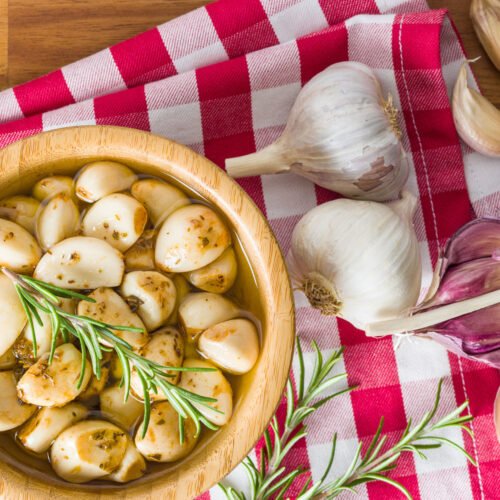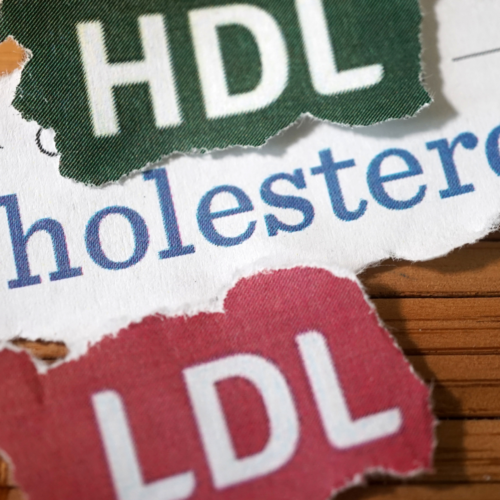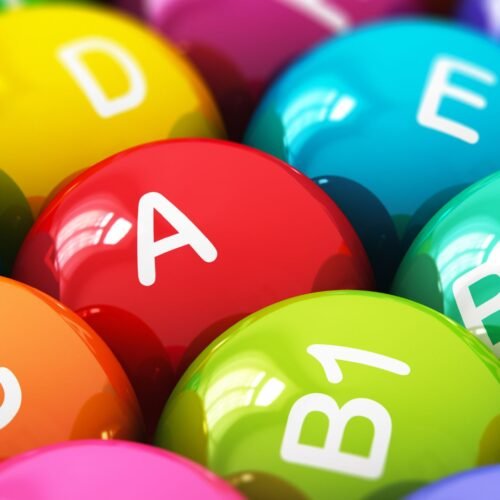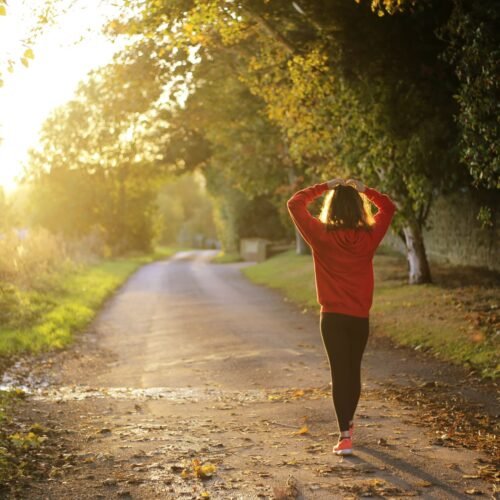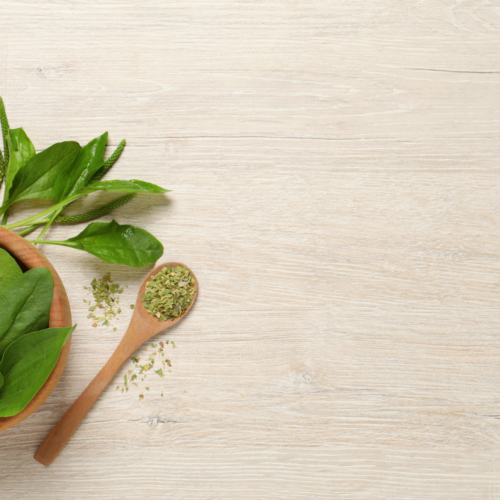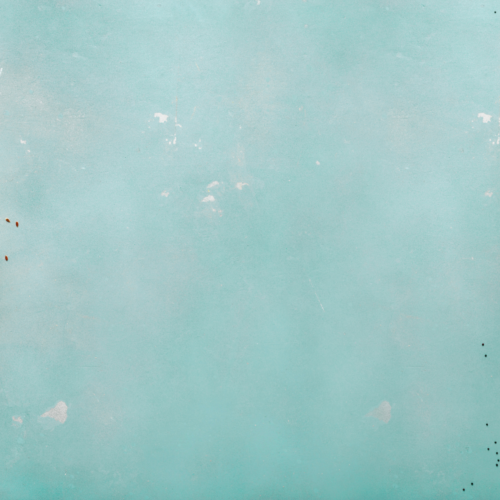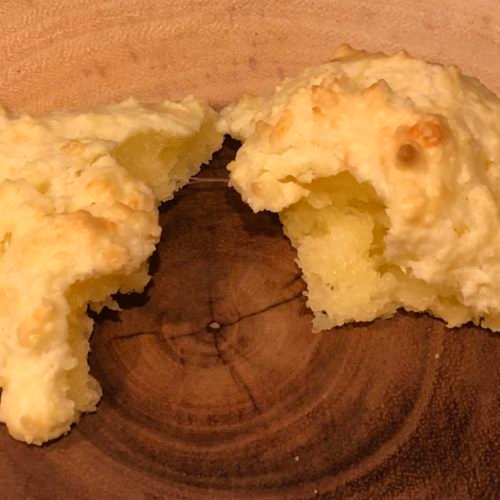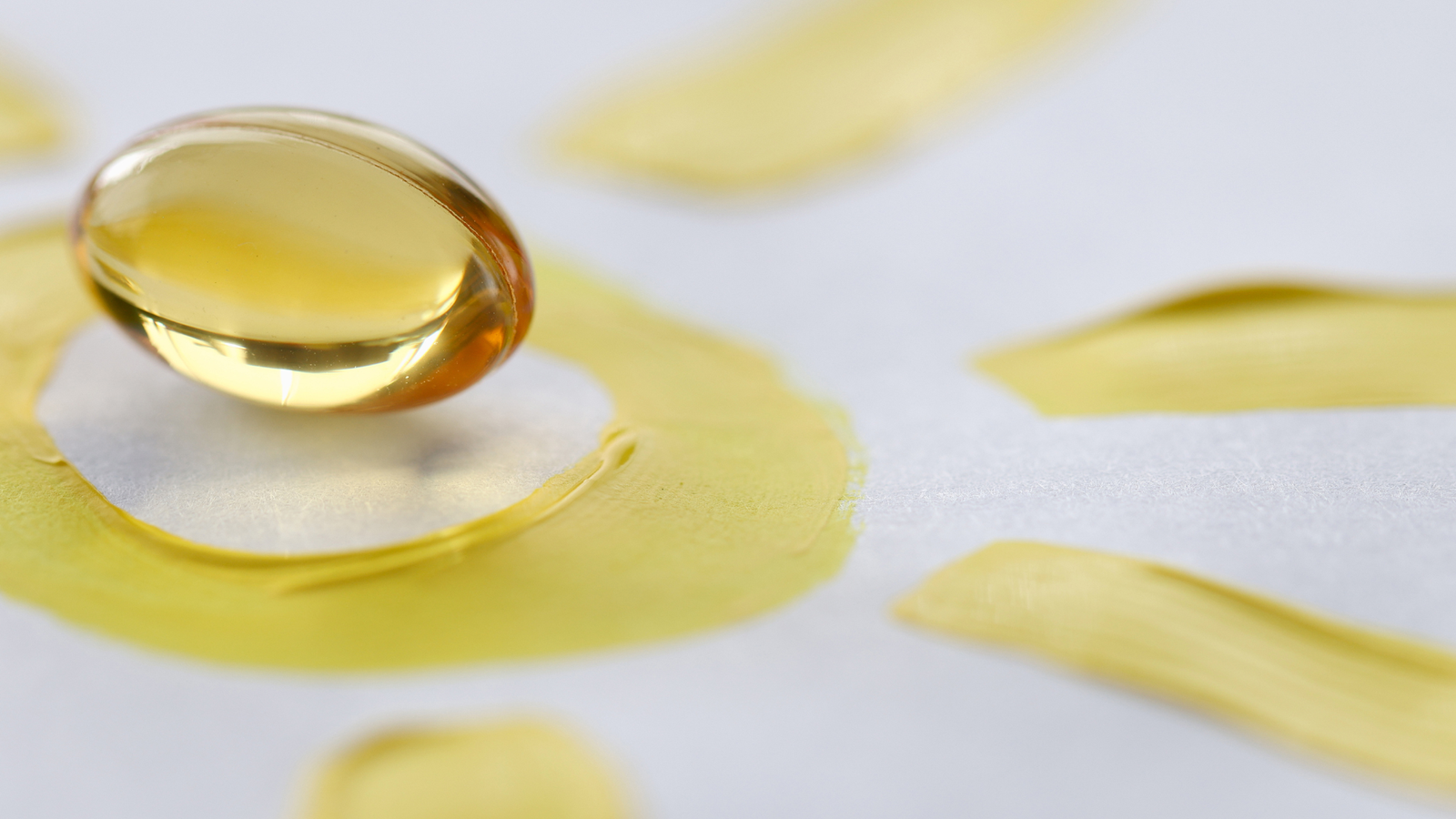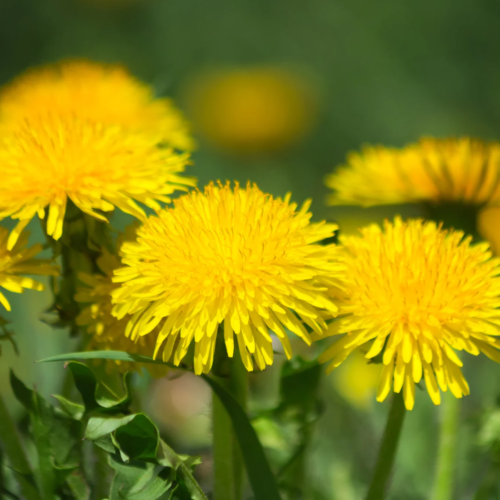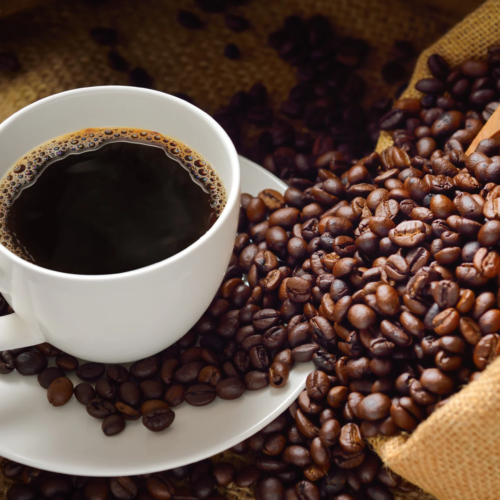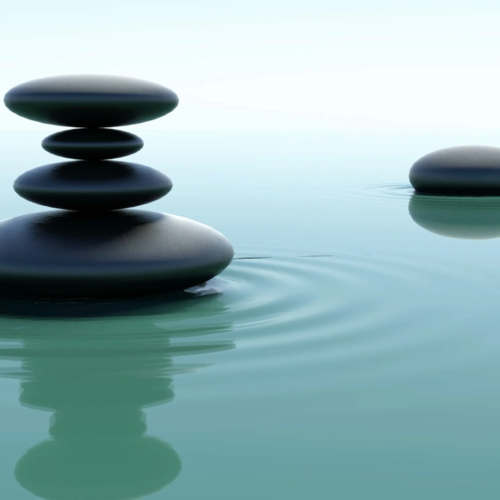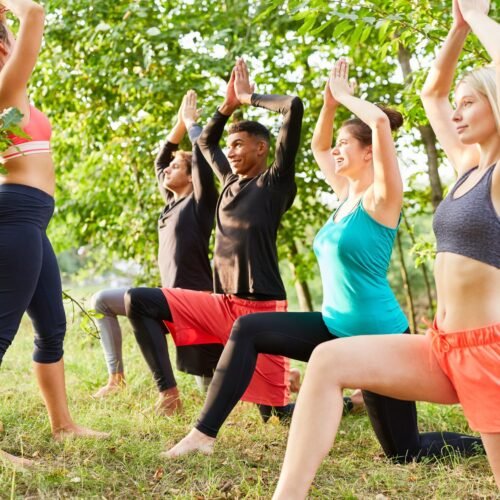Continuing on the topic of vitamin D, lard, and cholesterol from last time…
Did you know lard is an excellent source of vitamin D!
Of course, the pigs need to be raised on pasture and organically.
This should be the case for all of your food, actually.
Raising animals in a species appropriate way is necessary for their well being, paramount for the environment, and vital for your health.
Last time I mentioned that there are some who believe that we shouldn’t supplement vitamin D.
Their premise tends to be that we just need to ensure proper liver health.
Of course the liver is important in this, as we discussed last time, but it’s not the only thing.
There are natural foods that naturally contain vitamin D, and they are healthy for us.
That does indicate that we are meant to ingest vitamin D, as well as the body producing it herself.
It makes even more sense that northern countries tend to utilize pork and lard a lot.
Living further north means having weaker sunlight, which means the body can’t produce vitamin D herself very well even with a perfect liver.
You might even notice that during the winter time, there aren’t many plants. People used to rely on animal products to make it through the winter…
…which happens to be the type of food that contains vitamin D.
Some of the foods naturally containing vitamin D include:
- beef liver
- pastured eggs
- raw milk
- wild fish
- caviar
But lard has other benefits beyond just naturally containing vitamin D…
- it can handle high temperatures (which makes it excellent for cooking)
- it’s also great for baking, lending tenderness and moisture without changing the flavor
- lard is good for your heart
- it contains somewhere between 1000-2000 IUs vitamin D per tbsp (it’s a natural source, so there will be variation)
- it’s sustainable, because pastured pigs are good for the environment
- it provides cholesterol
I know some people will be confused why that last one on the list is good…
I’ll explain why cholesterol is a good thing next time… and why it ties in with vitamin D yet again.
For now, see if you can find lard locally.
Where I live, we tend to get the fat and then render the lard ourselves (it’s easy).



